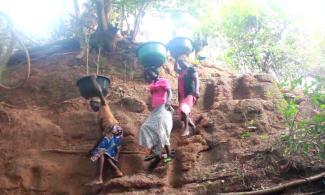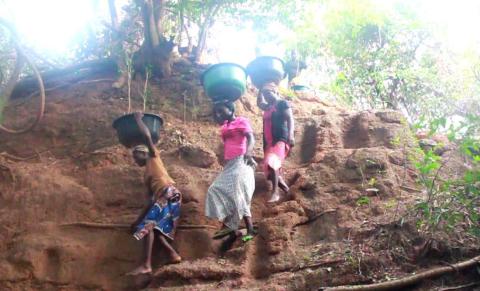
The group said the current conservation approaches have colonial undertones and that without the inclusion of indigenous people in policy discussions, there would be no progress.
A group of more than 150 collaborators, led by Campaign for Nature and Rights and Resources Initiative (RRI), has called on governments and conservation leaders to include indigenous people in all biodiversity discussions.
The group said the current conservation approaches have colonial undertones and that without the inclusion of indigenous people in policy discussions, there would be no progress.

RRI made the call in a report that has already been endorsed by Jose Francisco Cali Tzay, the United Nations Special Rapporteur on the Rights of Indigenous Peoples.
It also sets out how to achieve them by empowering the Indigenous Peoples, local communities, and Afro-descendants who have customary land rights to at least half of the Earth.
The study, conducted by RRI and produced in collaboration with the Campaign for Nature, shows that over 1.65 billion indigenous peoples, local communities, and Afro-descendants live in the world's important biodiversity conservation areas.
Another finding shows that 56 per cent of the people living in important biodiversity conservation areas are in low- and middle-income countries. In contrast, only 9 per cent live in high-income countries. This underscores the disproportionate impact of conservation on the Global South.
"This report shows that as far as both science and economics are concerned, investing in indigenous peoples' and local communities' land and resource rights should be a primary strategy for reaching global biodiversity targets," said Brian O'Donnell, Director, Campaign for Nature.
"By adapting rights-based conservation, the 190 countries negotiating the UN's post-2020 Global Biodiversity Framework have an important opportunity to protect the planet and significantly expand human rights at the same time."
While not all protected areas or conservation approaches conflict with indigenous peoples, local communities, and Afro-descendants, many protected-area methods have sought to preserve biodiversity by relocating people and prohibiting access or traditional use within protected area boundaries.
The study estimates the cost of such approaches, assessing the cost of relocating between 1.2 and 1.5 billion people living in unprotected important biodiversity conservation areas to range between US$4 trillion and US$5 trillion.
"Throughout conservation's checkered history, we have seen exclusionary conservation as a gateway to human rights abuses and militarised forms of violence. We now have evidence that this approach is also economically devastating. Paying indigenous peoples to abandon lands they have historically protected better than governments and private entities is wasteful and furthers past wrongs," Tzay said.
Raina Thiele added that any approach ignoring indigenous and community ownership brings a substantial risk of social conflict.